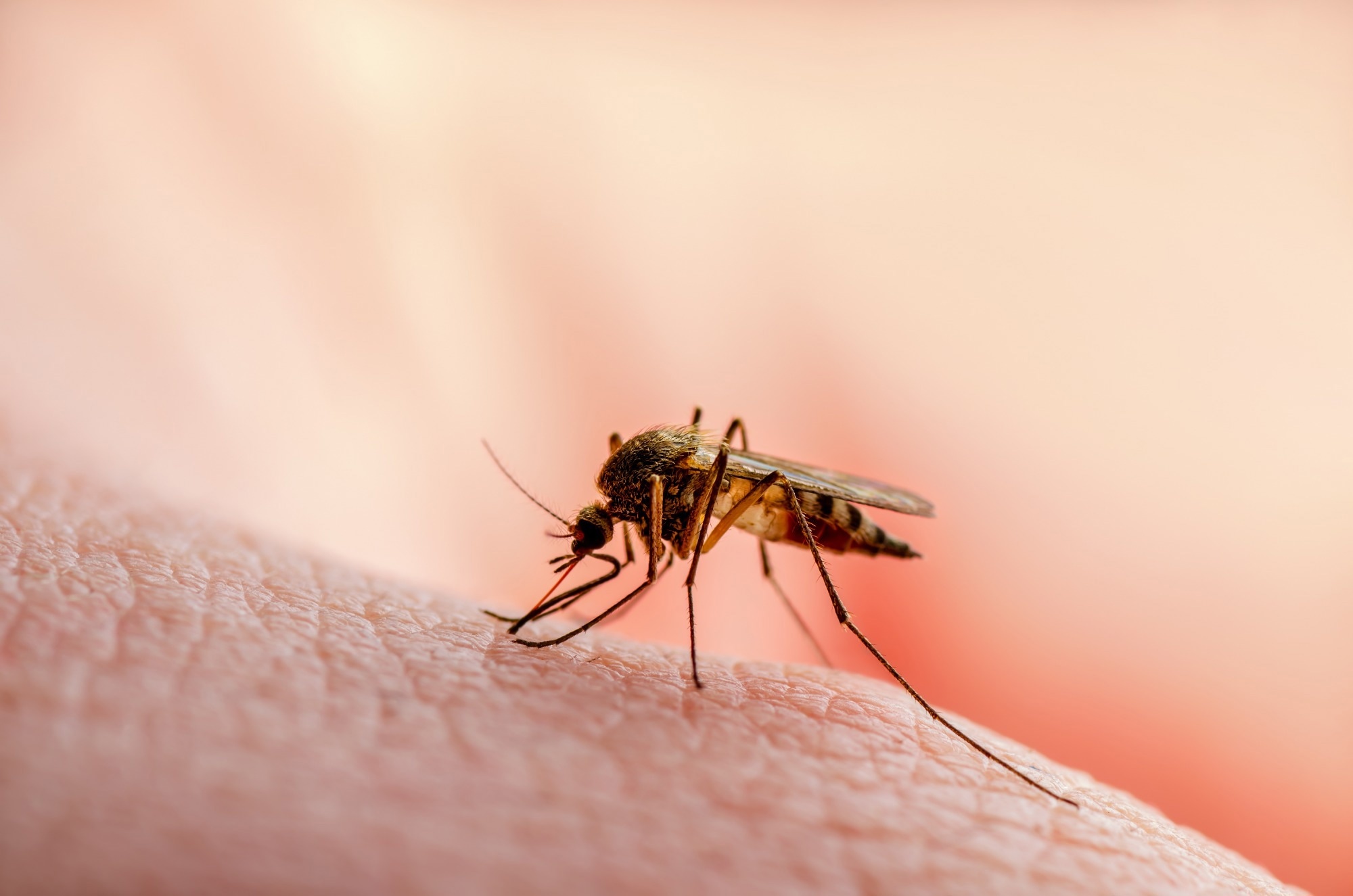In a recent study published in eBioMedicine, researchers developed the Flexible, Robust, Equipment-free Microfluidic (FREM) platform for malaria screening and Plasmodium species genotyping.
 Study: A versatile microfluidic platform for malaria infection screening and Plasmodium species genotyping. Image Credit: nechaevkon/Shutterstock.com
Study: A versatile microfluidic platform for malaria infection screening and Plasmodium species genotyping. Image Credit: nechaevkon/Shutterstock.com
Background
Malaria, a worldwide health concern caused by Plasmodium species, needs precise detection and genotyping to be effectively controlled. The primary diagnostic technique is nucleic acid amplification testing; however, their widespread deployment poses hurdles in resource-limited settings.
CRISPR/Cas systems have transformed molecular diagnostics, but they frequently need two independent stages, complicating procedures and preventing general implementation.
Using limited systems raises biocompatibility difficulties and the possibility of reducing detection efficiency. Accurate genetic typing is critical for malaria treatment and control efforts.
About the study
In the present study, researchers evaluated the efficacy of the microfluidic platform for simultaneous malaria screening and Plasmodium genotyping.
For malaria infection screening and Plasmodium genotyping, the microfluidic platform combined recombinase polymerase amplification (RPA) with clustered regularly interspaced short palindromic repeats (CRISPR)-based detection.
The researchers created universal and species-specific CRISPR RNA (crRNA) candidates for five Plasmodium species, each with a protospacer adjacent motif (PAM) to recognize Cas12a. Blood samples were collected from all subjects, and RPA reagents were mixed with sucrose in a tube before being administered to the CRISPR devices.
The crRNA targeting conserved Plasmodium sequences was used for malaria infection testing. In each Cas12a-mediated experiment, five CRISPR RNAs targeting distinct loci of Plasmodium falciparum, Plasmodium malariae, Plasmodium ovale, Plasmodium vivax, and Plasmodium knowlesi were used. A microfluidic system capable of evaluating six targets in tandem was used to accomplish malaria diagnosis.
A microfluidic chip measuring 7.2 mm (height) by 26 mm (diameter) was created using a three-dimensional printer to accomplish multiplex detection. Cas12a systems (n=6) were placed into their respective chambers, each harboring distinct CRISPR RNAs for Plasmodium and other species.
Ninety liters of recombinase polymerase amplification solution was injected into the central intake port and distributed uniformly over the periphery chambers through capillary tubes.
Cas12a cleavage activity was engaged upon specific identification of the CRISPR RNA to recombinase polymerase amplification amplicons, giving a fluorescent or colorimetric signal to differentiate positive malaria cases.
The microfluidic chip was photographed using smartphone cameras after blue light-emitting diode (LED) light exposure.
The nucleic acids used in FREM assays were used for polymerase chain reaction and sequencing to screen and categorize Plasmodium species in clinical DBS samples. Two-percent agarose gel-based electrophoresis was used to evaluate polymerase chain reaction (PCR) results.
Results
Multiple species of Plasmodium were detected using the microfluidic chip, amplified using universal recombinase polymerase amplification primers, and genotyped using particular crRNAs. Combining RPA and CRISPR allowed for effectively identifying target nucleic acids.
A sucrose solution separated the CRISPR and RPA assays inside a one-pot arrangement, alleviating compatibility concerns.
The researchers performed the one-pot experiment with and without sucrose solution, comparing efficiency by assessing end-point and real-time fluorescence signal intensities.
The one-pot reaction with primers greater than 400 nM attained a plateau after 60 minutes, with minimal variation in detection performance between 38-42 °C and 38 °C, which was determined as the ideal operating temperature for FREM.
The detection sensitivity of the one-pot reaction (102 copies/L) was ten times lower than that of the two-step approach. The chip limit of detection (LOD) was equivalent to the tube-based fluorescent signal reading.
Multiple sequence alignment (MSA) analysis revealed that target locations were conserved among Plasmodium species. The microfluidic device produced effective stratification and boosted the platform's resilience.
Clinical evaluation of deoxyribonucleic acid extracts from individuals suspected of having malaria revealed that the microfluidic platform had greater sensitivity (98%) and specificity (93%), yielding similar findings with polymerase chain reaction sequencing to diagnose malaria.
Concordance values of 91% between the microfluidic platform and PCR sequencing proved Plasmodium genotyping accuracy. The researchers discovered a set of recombinase polymerase amplification primer molecules with the best efficiency to amplify a conserved genetic fragment from five species.
The overall concordance of malaria infection screening utilizing the microfluidic platform achieved 99% (153/154), combining PCR-sequencing and qPCR results.
Implications
Based on the study findings, the microfluidic platform is a potential option for comprehensive Plasmodium infection screening and species genotyping to improve malaria control and broaden its use to other infections.
It uses a 10% sucrose solution and integrates RPA and CRISPR tests in a one-pot device, simplifying the diagnostic procedure and ensuring high efficiency.
This method is especially beneficial for detecting five Plasmodium species, improving epidemiological surveillance, influencing treatment decisions, and transforming healthcare delivery. The platform aligns with the larger objective of eliminating malaria by 2040.